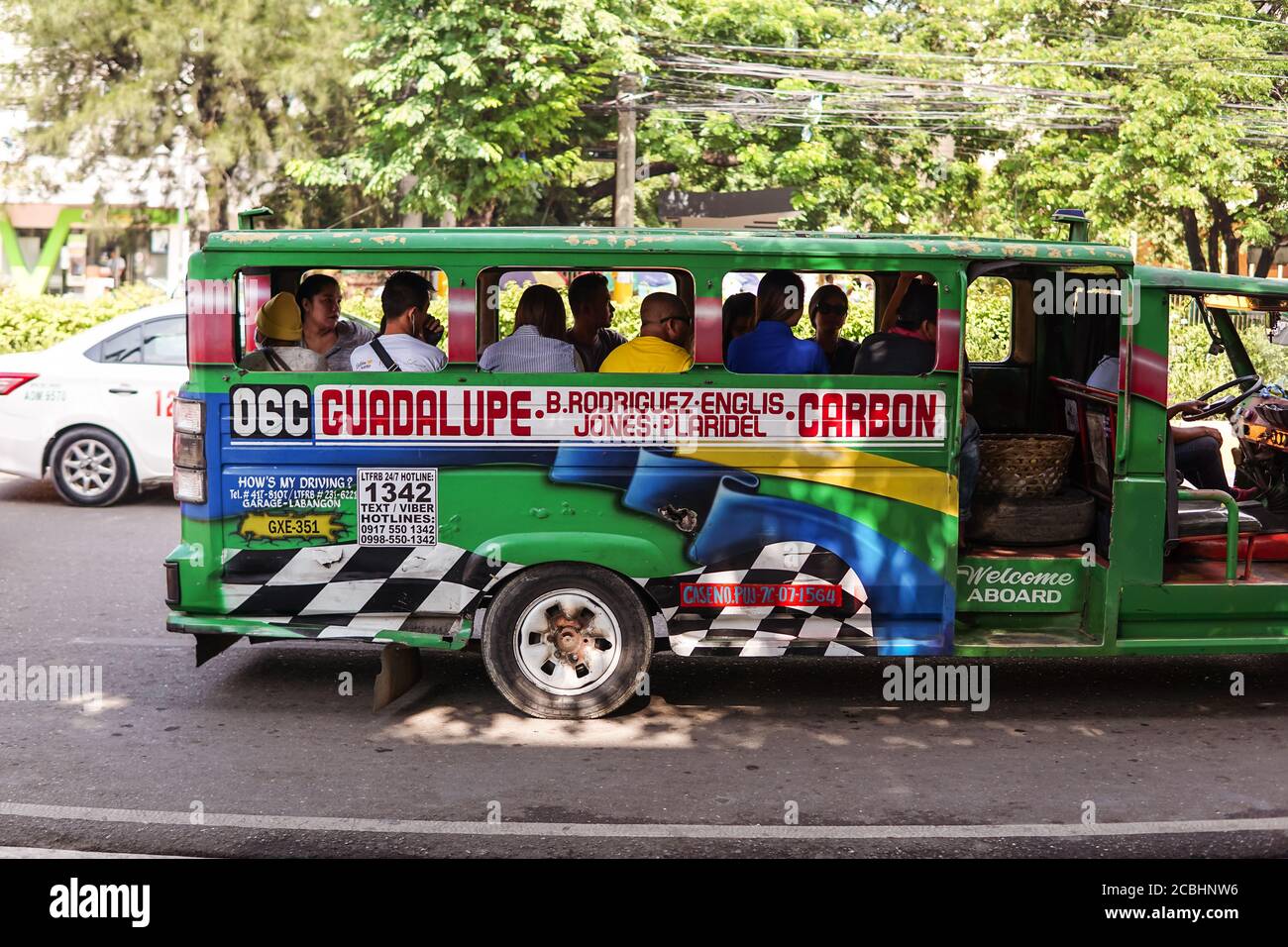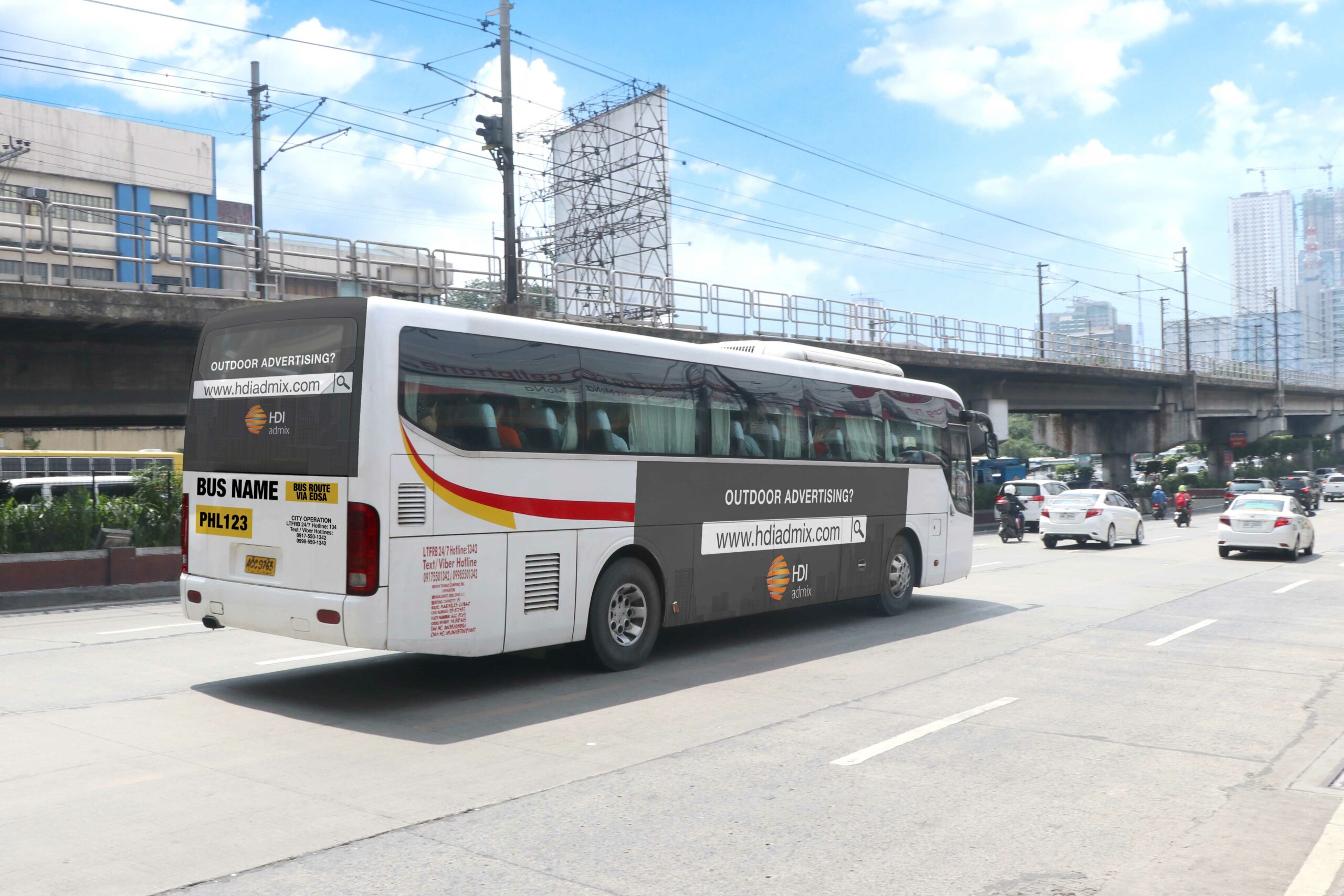Transit Advertising Philippines: Get To Thousands of Travelers Daily
Transit Advertising Philippines: Get To Thousands of Travelers Daily
Blog Article
Recognizing the Duty of Transportation Marketing in Enhancing Brand Name Presence and Consumer Engagement
Transportation advertising and marketing has actually become a pivotal component in the advertising and marketing landscape, supplying special chances for brands to elevate their exposure and engage consumers effectively. With the ability to get to a diverse and restricted audience during their daily commutes, these marketing strategies are not just about presence; they have to do with producing meaningful connections with possible customers. As we explore the multifaceted benefits and ingenious approaches within transportation advertising and marketing, it ends up being important to think about exactly how these elements jointly affect consumer perception and habits, increasing concerns regarding their lasting effect on brand commitment.
Meaning of Transportation Advertising And Marketing
Transportation marketing describes the technique of advertising items, solutions, or brands with ads put in and around public transport systems. This kind of advertising and marketing includes a range of placements, including posters on trains and buses, electronic displays at transportation stations, and covers on the exterior of automobiles. It aims to reach a diverse audience, taking advantage of the high foot website traffic associated with public transportation.
Transit advertising is strategically positioned to capture the focus of travelers, that typically invest significant time taking a trip or waiting. By incorporating ads right into the day-to-day routines of individuals, brands can produce a long-term impression and foster brand name recognition. The tool is specifically efficient in metropolitan environments, where public transportation is a key setting of travel.
In addition, transit advertising can assist in local targeting, permitting businesses to reach particular demographics based upon transit routes and station places. As city populations expand and the usage of public transportation boosts, this advertising approach has actually gotten prestige as a vital part of integrated advertising and marketing techniques. The vibrant nature of transit marketing, integrated with its capability to engage customers in a restricted setting, highlights its relevance in contemporary marketing techniques.
Advantages of Transportation Advertising And Marketing
The efficiency of transit advertising lies in its capacity to deliver a wide range of advantages to brands looking for to boost exposure and interaction. One of the main benefits is the comprehensive reach it provides; transit ads can effectively target varied demographics throughout urban areas, reaching both commuters and pedestrians alike. This broad direct exposure dramatically increases brand awareness.
One more advantage is the high frequency of impressions. As transit vehicles follow well-known courses and quit at several locations, they create repetitive direct exposure that reinforces brand messages. This regularity fosters experience, which is essential in consumer decision-making.
Transit advertising and marketing is likewise cost-effective compared to various other media platforms. Offered its large reach and capacity for high impacts, brand names commonly experience a lower cost per thousand impacts (CPM), maximizing their advertising budget.
Furthermore, transit advertisements can produce a sense of area link. By straightening with neighborhood transportation systems, brand names can resonate with local target markets and cultivate a feeling of neighborhood pride. This local approach enhances brand name commitment and interaction, making transit marketing an engaging selection for companies intending to solidify their existence on the market.

Effective Approaches for Transit Campaigns
To take full advantage of the influence of transit campaigns, brands need to utilize calculated planning and implementation customized to their target market. Initially, determining the demographic attributes of the target market using public transit is crucial. This enables brands to produce customized messaging that reverberates with potential customers.
Following, choosing the appropriate transit mediums is crucial. Whether utilizing bus covers, train posters, or electronic screens, each tool has one-of-a-kind advantages that can enhance exposure. For example, dynamic visuals on bus covers can attract focus, while digital ads can be updated often to show timely promos.
Furthermore, incorporating a cohesive wikipedia reference branding strategy throughout transportation systems guarantees consistency and enhances the brand's identity. Using remarkable taglines and distinctive layouts will certainly strengthen brand recall amongst travelers.
Last but not least, timing is an essential aspect in performing successful transportation projects. Introducing campaigns during optimal travel hours or regional events can considerably enhance exposure and engagement. visit By using these approaches, brands can properly harness the capacity of transit advertising, promoting better understanding and connection with their target audience. Eventually, a well-executed transportation project can drive considerable development in brand presence and consumer engagement.

Gauging Impact and Interaction
In evaluating the effectiveness of transportation marketing campaign, precise dimension of effect and interaction is essential for brand names looking for to optimize their advertising and marketing strategies. Metrics such as reach, regularity, and impressions provide foundational data to analyze visibility. Evaluating these variables helps establish the number of prospective consumers are exposed to the promotions throughout their everyday commutes.
Involvement can be more assessed through customer interactions, such as website web traffic, social media points out, and direct feedbacks to calls-to-action featured in the advertisements. Making use of tools like QR codes or unique URLs can promote tracking of consumer habits directly connected to transit projects. Studies and feedback mechanisms likewise offer as important approaches to collect qualitative information on consumer understandings and recall of the advertisement.
Moreover, progressed analytics and attribution models can correlate transit exposure with subsequent buying habits, using understandings into the roi. By using a detailed method that incorporates measurable and qualitative procedures, brand names can create a nuanced understanding of their transit advertising impact. Inevitably, this data-driven strategy allows brands to refine their campaigns, ensuring they resonate efficiently with target audiences and boost total brand presence.
Study of Effective Campaigns
Successful transit advertising and marketing projects work as engaging instances of just how effective approaches can boost brand name visibility and interaction. Transit Advertising Philippines. One notable case is the "I Love New york city" project, which changed the city's picture and brought in numerous travelers. By using subway advertisements, signboards, and bus wraps, the campaign developed a strong, cohesive brand name identity, leading to a considerable uptick in tourism and neighborhood service patronage
Another excellent project is Coca-Cola's that site "Share a Coke" initiative, which leveraged transportation advertising and marketing to personalize the brand experience. By featuring prominent names on advertising products across different transportation systems, Coca-Cola fostered a deeper psychological connection with consumers, urging them to share their experiences on social media sites.
Furthermore, the "Got Milk?" campaign efficiently used public transportation advertisements to get to a broad audience, strengthening the message of the relevance of milk in a well balanced diet regimen. The campaign saw a measurable increase in milk intake in target demographics.
These study illustrate that when executed thoughtfully, transit advertising can significantly improve brand name exposure, foster consumer involvement, and drive quantifiable outcomes, showing its vital function in contemporary advertising and marketing techniques. - Transit Advertising Philippines
Conclusion
In final thought, transit marketing offers as a vital tool for enhancing brand name exposure and promoting customer engagement. By utilizing purposefully put ads within public transport systems, brand names can effectively reinforce and reach varied target markets acknowledgment through constant exposure. The application of targeted messaging and ingenious approaches better amplifies the impact of transportation campaigns. Ultimately, the capability to gauge interaction and evaluate successful study highlights the effectiveness of transportation marketing in driving brand name loyalty and customer interactions.
Transportation advertising has emerged as a critical element in the marketing landscape, offering special possibilities for brand names to raise their exposure and engage consumers efficiently.In addition, transportation advertising can promote local targeting, permitting services to reach details demographics based on transportation paths and station locations.In evaluating the efficiency of transit advertising projects, exact measurement of influence and interaction is necessary for brands seeking to optimize their marketing techniques.Successful transportation advertising projects serve as compelling examples of how efficient approaches can boost brand visibility and engagement.In final thought, transit advertising and marketing offers as a vital tool for improving brand name visibility and fostering consumer interaction.
Report this page